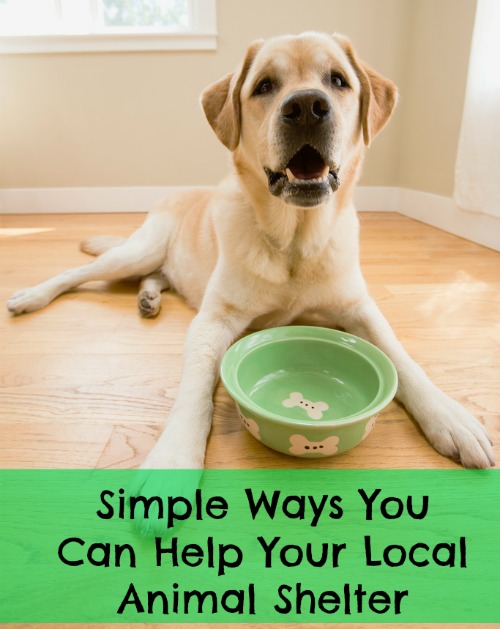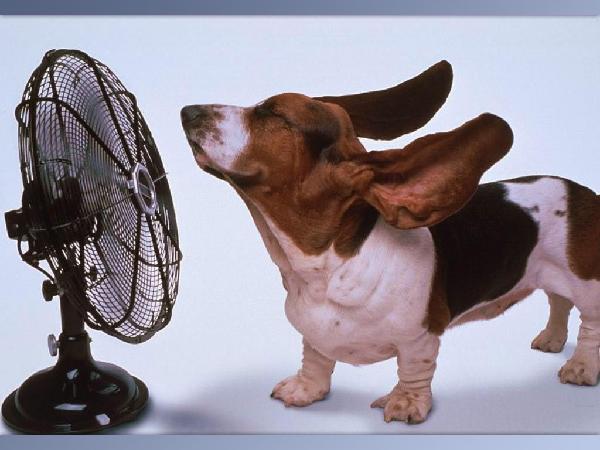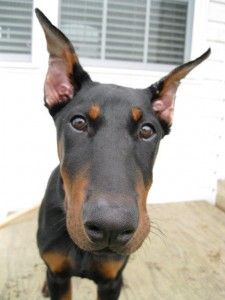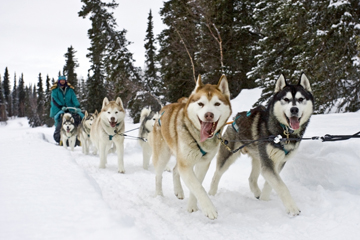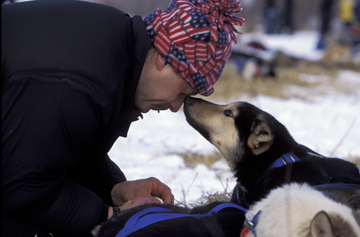
Large Breed Puppies Need Special Nutrition for Controlled Growth
Large or giant breed dogs are among the most popular breeds. Of the 160 or so breeds registered with the American Kennel Club, the majority listed in the top half are large or giant breeds. Labrador Retrievers are the most popular breed by a significant margin, and have been for some time. Golden Retrievers, German Shepherds, Boxers and Standard Poodles are all among the top ten breeds.
It is essential that pet parents are aware of the special needs of large and giant breed puppies. Getting off to the right start is essential in order to assure a happy and healthy life for these special pets.
Many of the larger breeds have the potential to grow 100 times their birth weight. They have a faster growth rate; however, that rate must be controlled in order to allow the puppy to develop normally, without the risk of problems. For this reason, it is important to feed a diet that specifically addresses the needs of large and giant breed puppies. Like any diet, the basic formula should be extremely nutritious, containing highly digestible ingredients that address all the needs of that specific life stage.
Just what are the nutritional needs of these rapidly growing large and giant breed puppies?
Controlled growth, optimum levels of calcium and phosphorus, essential fatty acids as well as specific natural ingredients to enhance development are all essential elements in an optimum natural formula for a large or giant breed puppy.
If growth is not controlled and calcium levels are in excess, the puppy can have an increased risk of contracting one of several developmental bone diseases, all of which are very painful and can have permanent detrimental effects on the puppy’s quality of life. Traditional puppy diets are designed with lots of protein and fat so as to provide large amounts of calories. Large and giant breed puppies do not do well on these diets and for that reason, specific large and giant breed formulas were developed.
Like all of the Eagle Pack formulas, the large and giant breed puppy recipe provides high quality, natural nutrients and supplements have particular importance when considering a specific diet for puppies, especially those large and giant breed puppies.
1. Controlled Growth:
If too many calories are consumed, the rate of growth will be increased. This is to be avoided. Too many calories increases weight too rapidly on the developing bones and can increase the stress on developing bones and raise the risk of encouraging developmental bone problems. These puppies should be fed an amount of food that maintains a slightly lean body condition, at least until they are approximately 10-12 months of age.
For this reason, the Eagle Pack Large and Giant Breed Puppy recipe contains fewer calories than the traditional puppy recipes in order to help the pet parent maintain an ideal, slightly lean body mass while developing.
2. Provide Optimum Calcium and Phosphorus Levels for Large and Giant Breed Puppies:
Most would assume that large and giant breed puppies would need more calcium and phosphorus than a smaller breed puppy, as their bone structure is so much bigger. On the contrary, they actually need slightly less calcium. Too much calcium can also increase the incidence of any one of those very painful developmental bone diseases. The challenge is to provide just enough calcium to reduce the risk of bone problems while supplying levels that allow for maximum growth potential. As long as you are feeding a balanced diet, never supplement a large and giant breed puppy with a mineral supplement.
3. Guarantee Certain Essential Fatty Acids:
Docosahexaenoic acid (DHA) is an essential Omega-3 fatty acid that has been found to enhance brain development in puppies. It is important that these giant, and in some cases large breeds, are well trained so that control is maintained. By providing natural, functional food ingredients that support proper brain development, puppies have been found to be more easily trained in the basic obedience commands.
4. Probiotics or Direct Fed Microbials (DFMs) and Prebiotics:
Probiotics are the essential “good bacteria” that play a key role in establishing the normal flora of the gut so that proper digestion is achieved. They have the natural benefit of also enhancing the immune system early on in the puppy’s life. By feeding a daily diet that contains these natural organisms, the digestive system and immune system will be at optimum efficiency all the time.
Prebiotics are the essential foods necessary to keep the probiotics or DFMs healthy and happy. They are natural ingredients that have benefit specifically to the good bacteria, as well as additional advantages for the puppy.
It’s always best to feed regularly as opposed to leaving food out for your puppy at all times. This will help control rate of growth. Likewise, try and avoid feeding just before and just after exercise to reduce the chances of “bloat”, another potential problem for some breeds. Giving a puppy the right start in life is as important as giving a child the right start. Creating good habits that include regular exercise and feeding an optimum diet that will encourage maximum growth potential while reducing the risk of disease is the ultimate goal.
We encourage you to explore the entire Eagle Pack website and learn all you can with regard to our philosophy, the specific ingredients in our foods and much much more about the benefits of a holistic and natural pet food.
We have been making natural diets specifically for large and giant breed puppies for almost 25 years and have the experience and expertise to provide your pet with the ideal formula it deserves.







